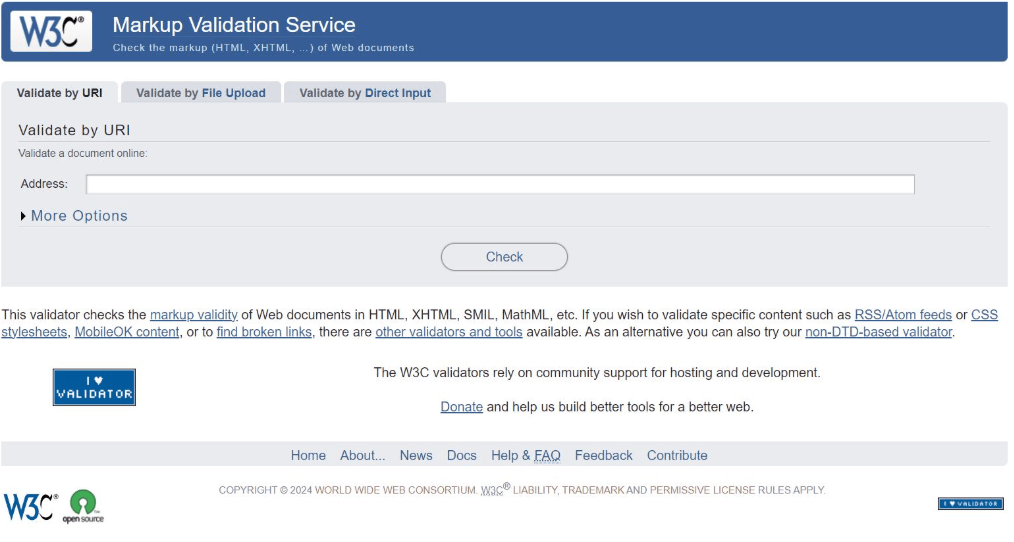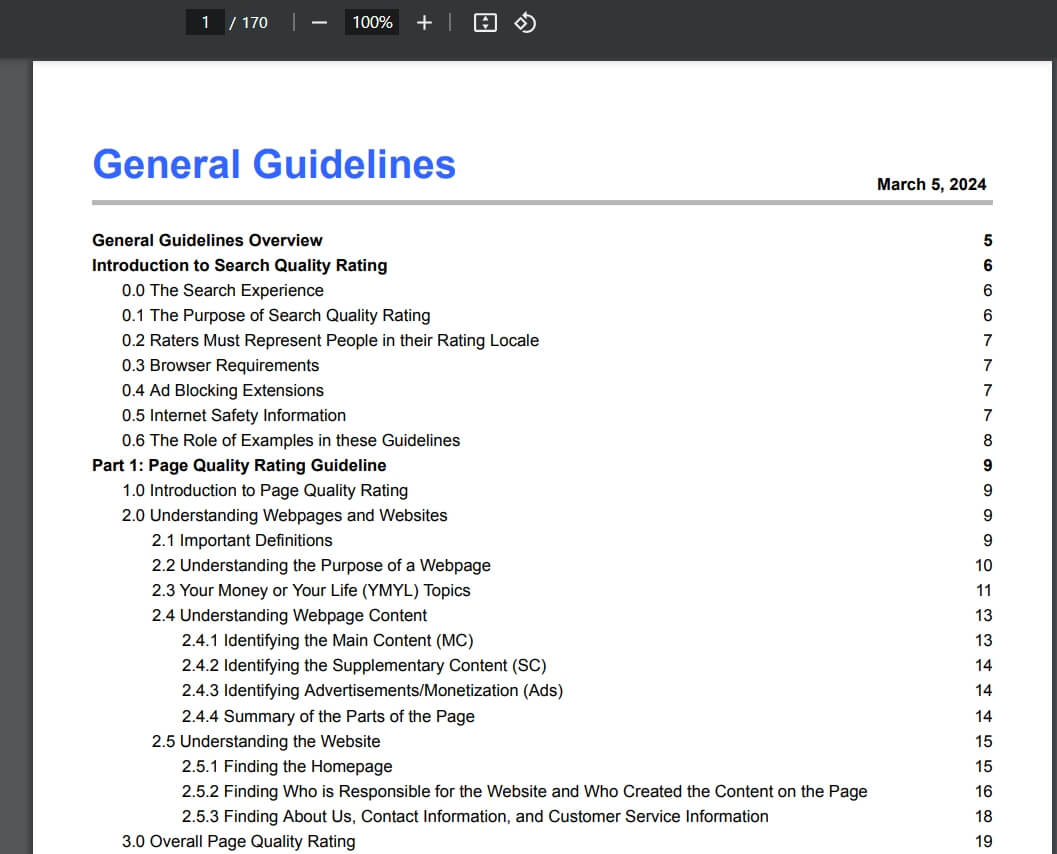You've put a lot of time and effort into developing your website, and you want more people to see it. That's where Search Engine Optimization (SEO) comes in. In this article, we’ll discuss SEO for web developers and the best practices you should follow. But let's start with the basics.

SEO Basics for Developers
SEO helps improve the visibility of a website on Search Engine Results Pages (SERPs). It involves optimizing on-page elements (like content and HTML tags), building off-page signals (such as social media mentions and backlinks from other websites), and improving technical aspects (like site structure and performance). Authors and marketers are typically responsible for on-page and off-page SEO, while developers often handle technical SEO. They mainly focus on making it easier for search engines to crawl (discover the pages) and index (store) your content. Thus, technical improvements can help search engines better understand your website.
Here are our recommended SEO guidelines for web developers:
1. Create a Clear Website Structure
Creating an SEO-friendly website structure means organizing your website in a way that is easy for both users and search engines to understand. It should reflect the hierarchy of your website and clearly indicate the relationships between pages, which is also reflected in your URLs.
For example, a URL like "https://www.pmeve.com/seo/" shows that "seo" is a specific category. Use internal links (links from one page on your site to another) to strengthen this structure and help users and search engines navigate your site more easily. This organization of content simplifies navigation and helps search engines crawl and index your pages more effectively.
2. Manage Your Redirects Carefully
Redirects send users and search engines from one URL to another, and they’re essential when you delete pages, change your site structure, or migrate your site to a new domain. Properly managing redirects can preserve your website’s link equity (ranking power) and user experience. It also prevents issues such as broken links, 404 errors (indicating a resource could not be found), and redirect loops that never lead to the final destination.
3. Secure Your Site with HTTPS
Hypertext Transfer Protocol Secure (HTTPS) encrypts data exchanged between visitors' browsers and your website, ensuring the security of sensitive information such as login details and personal information. HTTPS is a ranking factor, so securing your site with HTTPS can improve your search engine rankings. It also builds trust with your visitors.
4. Make Your Site Mobile-Friendly
To rank well in search results, your website must perform well on mobile devices because Google prioritizes mobile versions of websites when indexing and serving pages. One of the best ways to ensure your site is mobile-friendly is to implement responsive design. Responsive design uses HTML and CSS to automatically adjust the layout of your website to fit the user’s screen size. This makes your site easy to read and navigate on any device.
5. Speed Up Your Website
Ensuring that your site loads quickly directly affects your search engine rankings. It also improves the user experience. Therefore, take proactive steps to make your site load as quickly as possible—this is one of the most important SEO tips for web developers.
6. Implement Structured Data
Structured data (also called schema markup) is code that provides additional information (such as product prices) to help search engines better understand your website content. This can enhance your visibility in search results and increase organic traffic.
7. Generate and Submit XML Sitemaps
XML sitemaps list all your important pages to help search engines find them and (hopefully) index them.
8. Implement Canonical Tags
When pages have multiple versions, canonical tags indicate which version of the page is the primary one. These tags ensure search engines know which version you want to display in search results. Without them, search engines may struggle to identify the focus page, and none of your pages may appear in search results.
9. Configure Your Robots.txt File Properly
The robots.txt file tells search engine crawlers which parts of the website to access and which parts to ignore. This helps hide pages you don’t want indexed while ensuring that more important pages are found.
10. Make Your Website Accessible
Ensure your site is accessible to everyone, including disabled users, to create an inclusive environment and broaden your audience. This can improve the user experience, which can indirectly influence SEO. One of the best ways to prioritize accessibility is to use semantic HTML. It conveys the meaning and structure of content, helping visually impaired users who rely on screen readers and search engines understand what is on the page.
Improve Your Site’s SEOHelping your company achieve its goals partially depends on the success of SEO. For developers, this means ensuring a strong technical foundation that is ready for search engines.





